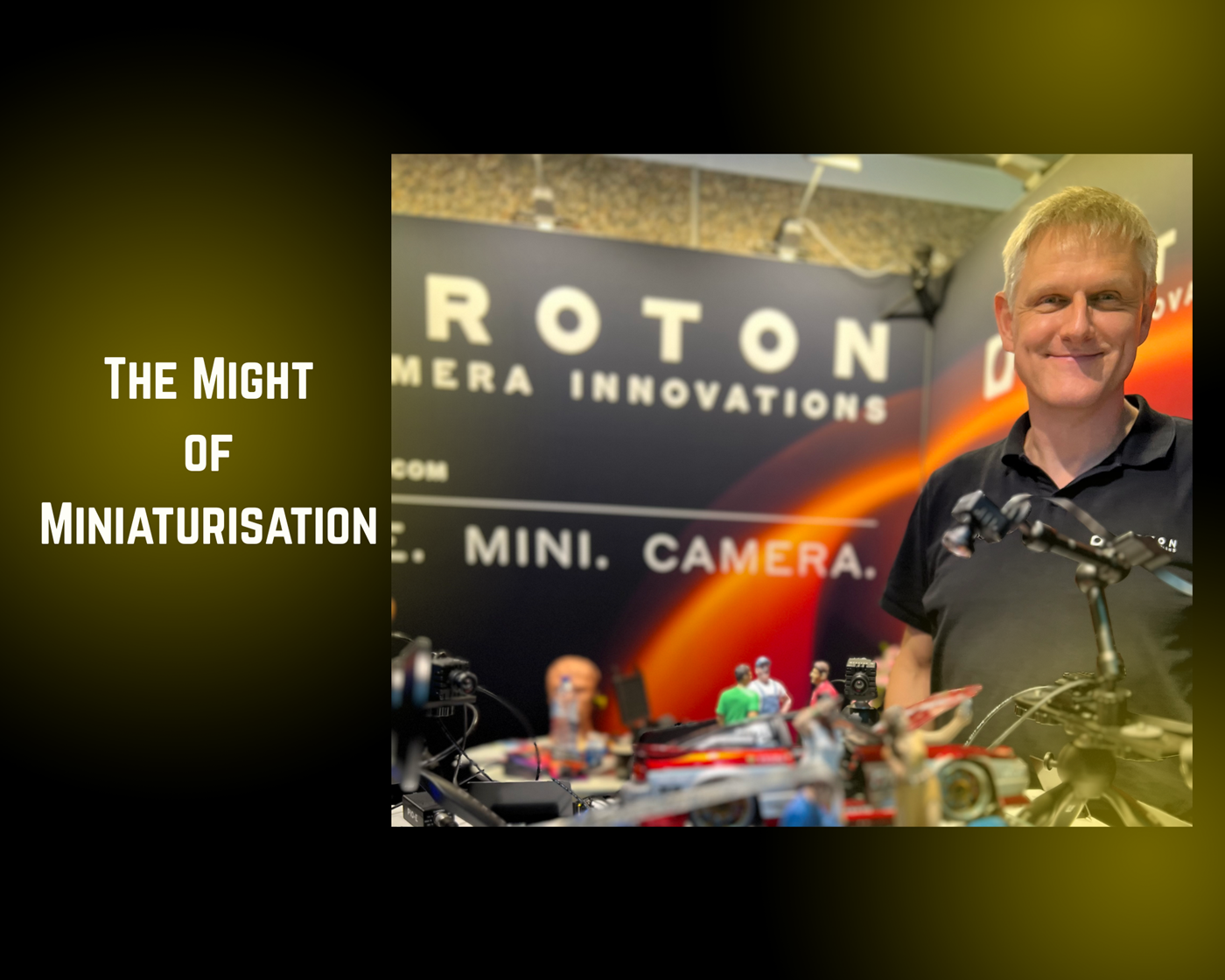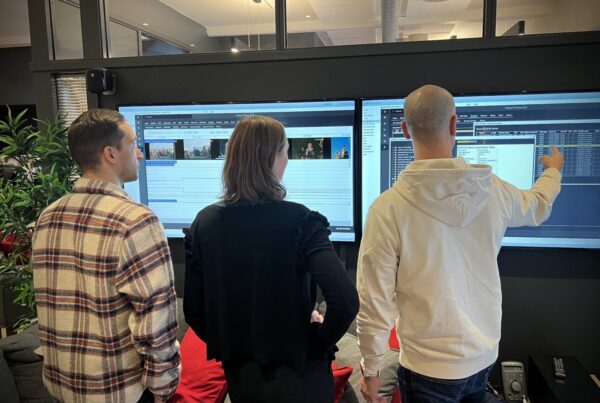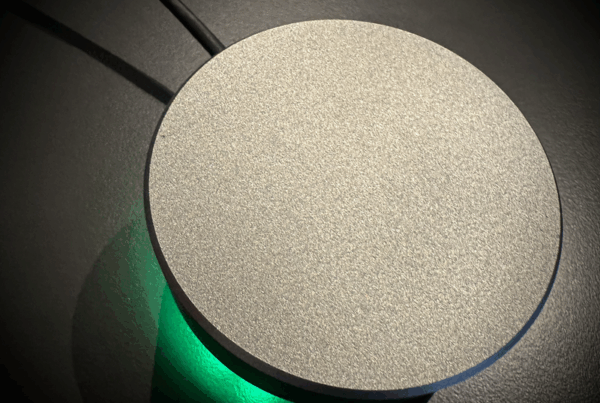Proton’s minicams give operators maximum flexibility with minimum fuss
If cinema has taught us anything, it’s that size doesn’t necessarily equate to strength. From David and Goliath to Frodo Baggins and the One Ring to bind them, stories remind us that strength lies not in size, but in vision, purpose and power.
Proton has built its reputation on proving that compact form factors can deliver uncompromised broadcast quality. From cinematic close-ups to rugged, high-speed sports coverage, the company’s range of miniature cameras has consistently shown that flexibility and creative potential are no longer limited by the dimensions of the device. Broadcasters and filmmakers alike have embraced Proton’s approach: smaller, lighter, and with absolute image integrity – all delivered in a unit that is intuitive and easy to deploy, giving operators maximum flexibility with minimum fuss.
At IBC2025, Proton (Booth 11.A04) takes this ethos one step further with the launch of the new PIO-E box, a control interface designed to streamline workflows and give operators even greater control. If Proton cameras represent the might of miniaturisation, then PIO-E is the power behind it – a device that unifies power and data management in one compact hub, making complex, multi-camera deployments simpler and more adaptable than ever.
The PIO-E (Proton Input/Output Ethernet) unit is small enough to fit in the palm of a hand – just 22 x 27 x 60mm, and offers 100Mbit Ethernet connectivity with PoE support. Through this, the device can convert IP or Bluetooth data into 485 protocol, enabling seamless integration with existing workflows and third-party systems such as Cyanview. In practical terms, this means broadcasters can now power, control, and manage Proton’s full range of minicams via a single interface – minimising cabling, reducing setup time, and adding the flexibility of Bluetooth for quick, on-the-fly adjustments.
For sports production in particular, where speed, precision, and coverage angles make all the difference, this streamlined approach is invaluable. Compact Proton units can be mounted in goalposts, on helmets, or trackside, and with PIO-E, operators can adjust and manage them from anywhere in the production chain. The ability to unify power and control over a single link doesn’t just simplify logistics – it opens the door to new creative possibilities, freeing directors and crews to focus on storytelling rather than setup.
Proton’s growing line-up – including the flagship Proton Cam, weatherproof Proton Rain, Proton 4K, flexible Proton Flex and 4K Flex, zoom-capable Proton Zoom, and the high-frame-rate Proton HFR – will all benefit from this new addition to the ecosystem. Together, they represent a compact toolkit designed for the most demanding live environments.
So with PIO-E, it’s less a case of one ring to rule them all, and more a case of one miniature box to power, control, convert, and unify them all. But that’s not quite as snappy.
Article covered by InBroadcast





